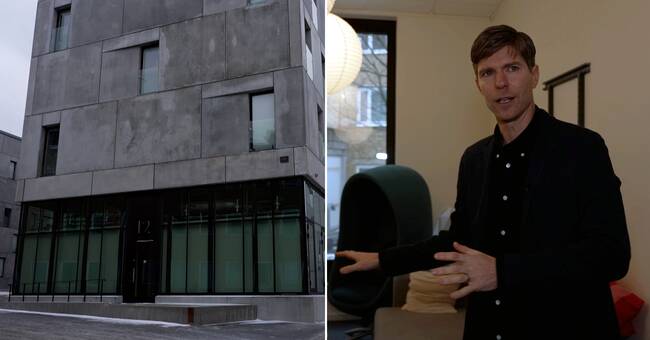The project "Buildings post corona" is a collaboration between the Royal Institute of Technology, Chalmers, Lund University and Umeå University.
For four years and with a budget of eight million kronor, they will research how to virus-proof the houses of the future, while they are climate-smart and cost-effective.
- The houses should have good ventilation so that the virus does not stay and spread between people, says Jonas Anund Vogel, researcher in energy technology at the Royal Institute of Technology.
Cost much
Ventilation requires power and can be expensive to have in full swing all the time.
Therefore, the researchers are now testing a solution where you measure how many people are in a room by measuring the amount of carbon dioxide in the air.
As carbon dioxide increases, so does ventilation.
They will also investigate how to design the houses so that those who are there do not meet each other unnecessarily.
For example, with separate stairwells, depending on whether you are going up or down.
There, the ventilation can be weaker because you do not stay there that long.
Where people stay for a long time and talk to each other, as in coffee rooms or sofa groups, the ventilation can be stronger.
Profit for property owners
Today, houses are not built to reduce the spread of infection, other than hospitals and especially operating theaters.
But now researchers see a need to infect other buildings as well, such as nursing homes, gyms and restaurants.
It requires larger areas and more technical systems, but Jonas Anund Vogel still sees a big profit for the property owners.
- Then you can stay there even during future pandemics, which reduces the risk of the premises being empty, says Jonas Anund Vogel at the Royal Institute of Technology.

